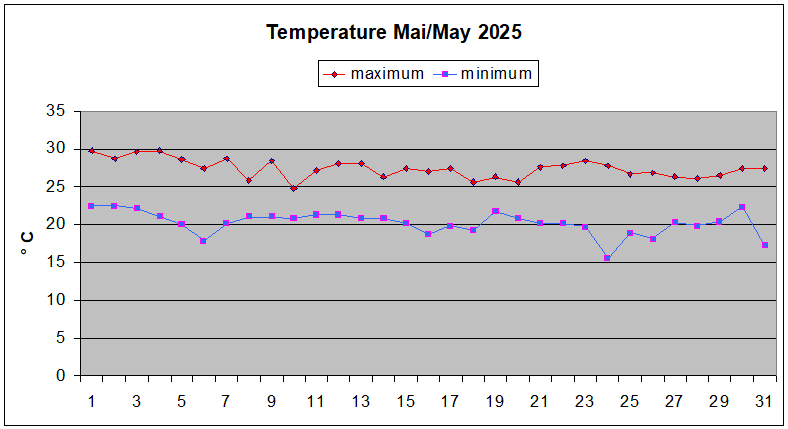

Temperatures have fallen sharply, as we reach an average 26 or 27°C during the day. At night, if the sky is clear, the nights are cold. But often the sky was clear at the beginning of evening and covered from eleven o'clock or midnight.
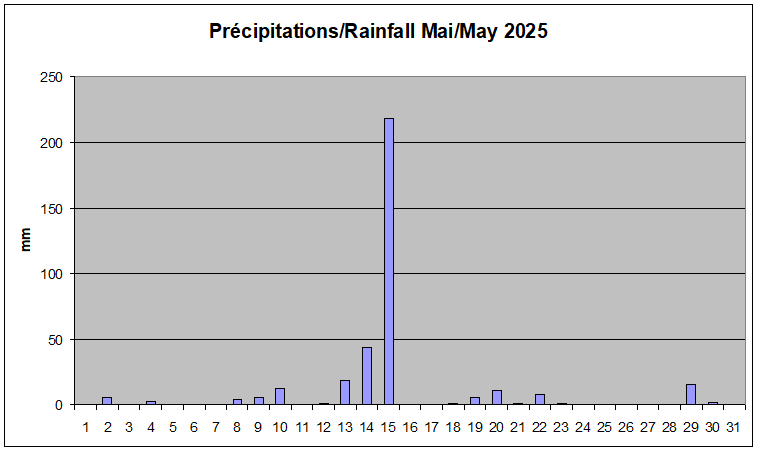
The total precipitation is 356.9 mm. But they were small showers, a bit like hurdles, followed by periods of clear weather. Apart from the heavy rain on May 15th, we have only weak precipitation.
Before planting, you must of course clean. Maize requires ploughing with a hoe, and weeds will serve of fertilizer. But the bean demands to remove all weeds from the field, otherwise they would grow quickly enough and choke the plants. With this time of hurdles, the vegetation grows very fast.
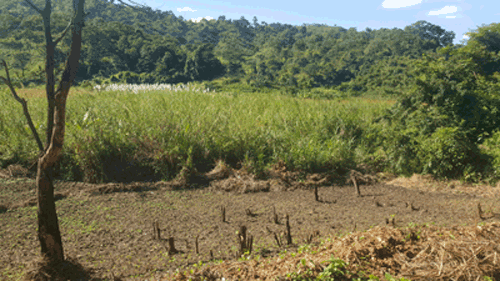
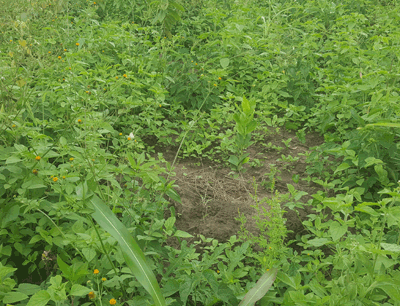
To the left in the foreground a field of beans has been planted. We see that the sides are covered with grass grouped in heaps. At the bottom we see a field of sugar cane in bloom. Right the field of experimentation of fruit trees has been overgrown with herbs. Plants, such as the in the centre, had been cleared and mulched.
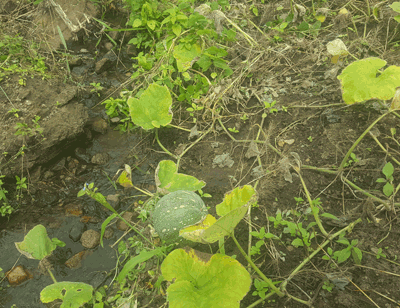
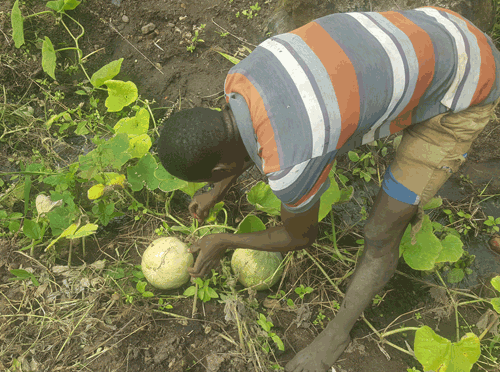
Squash and watermelons were used as cover plants.
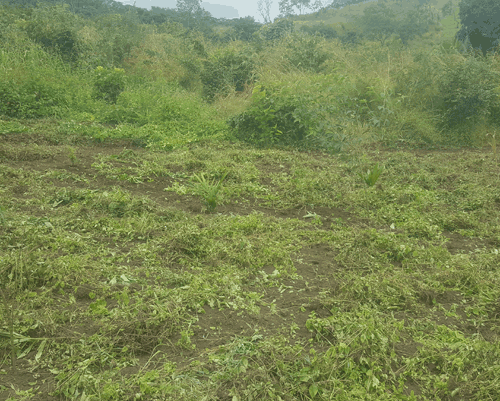
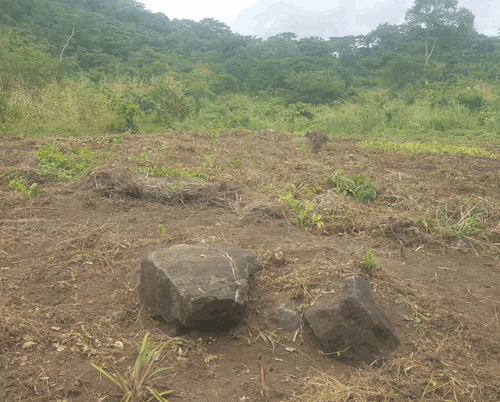
Once the weeds are ploughed out with a hoe they are put on sides of the field or ridges in the middle of the plot.
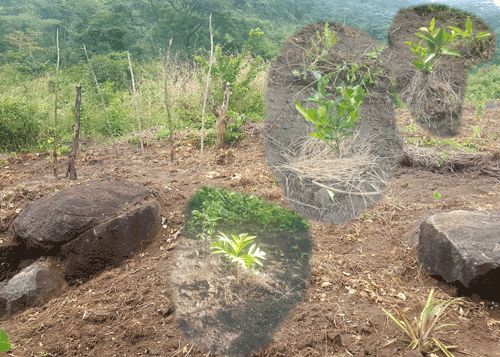
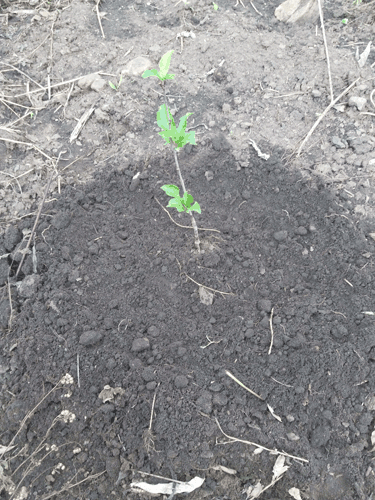
Weeding breaks the surface of the soil and removes the weeds. First of all, under these heats the soil soon became hardened, an induration that prevents water from penetrating. If there is a small rain, so the water flows.
If the water is in the soil, it tends naturally to evaporate. The water therefore rises to the surface, by capillarity, looking for the easiest way, avoiding quartz grains or mica particles. Once the route is established, water continues to take this same path, and therefore evaporates more easily. The weeding then allows to "break" the top of these chimneys, which will delay evaporation.
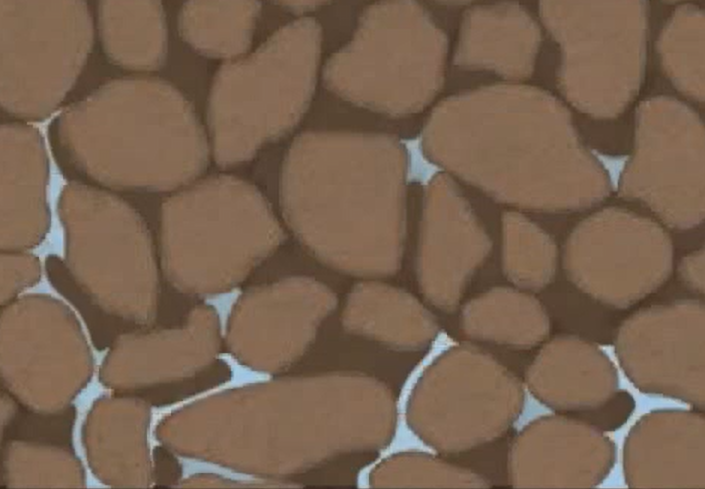
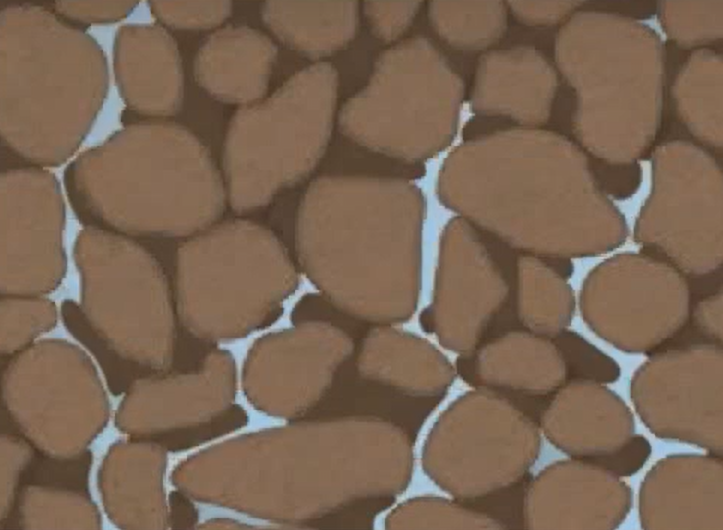
Capillary water passes through these channels.
Another technique is to lay a layer of earth above ground, acting as mulch. It can also be noted that the "mulching" of strawberries is often done nowadays with the help of a canvas of polyethylene, a plastic whose particles end up in the ground.
This technique cannot be used in permaculture.
We can also use pine cones, or wood. These can come from wood waste, coming from sawmills, or of rafters or of recovery cleats, which can be buy in specialized stores. But the straw is free, in any case here. And as the saying goes : "Better get your straw from free rather than looking at your neighbour’s beam".
There is also a lithic mulch, formed therefore of stones.
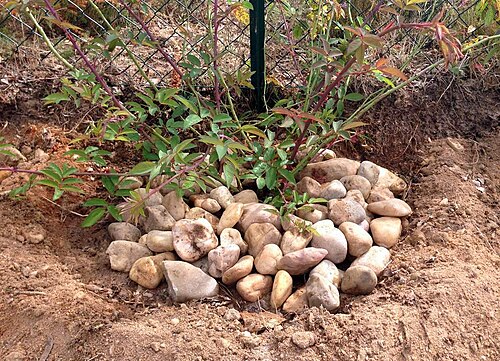
A lithic mulch. (Source Wikipedia)